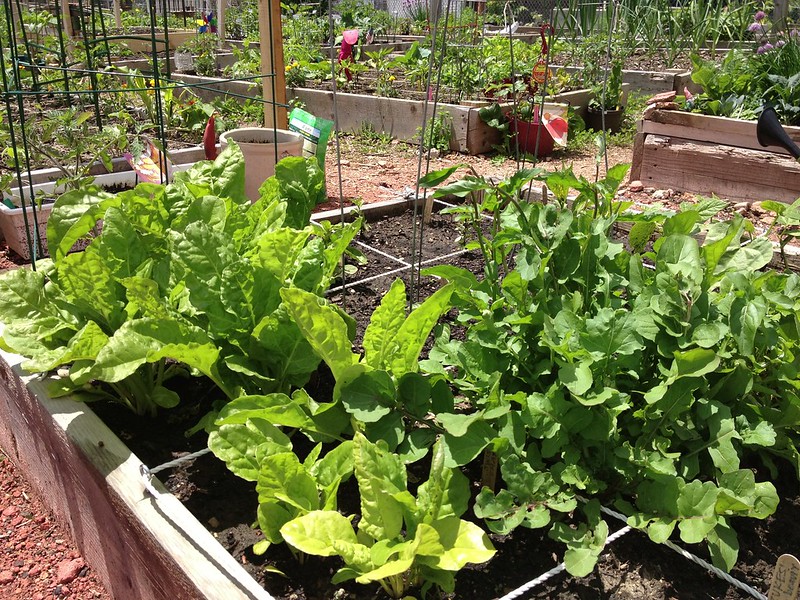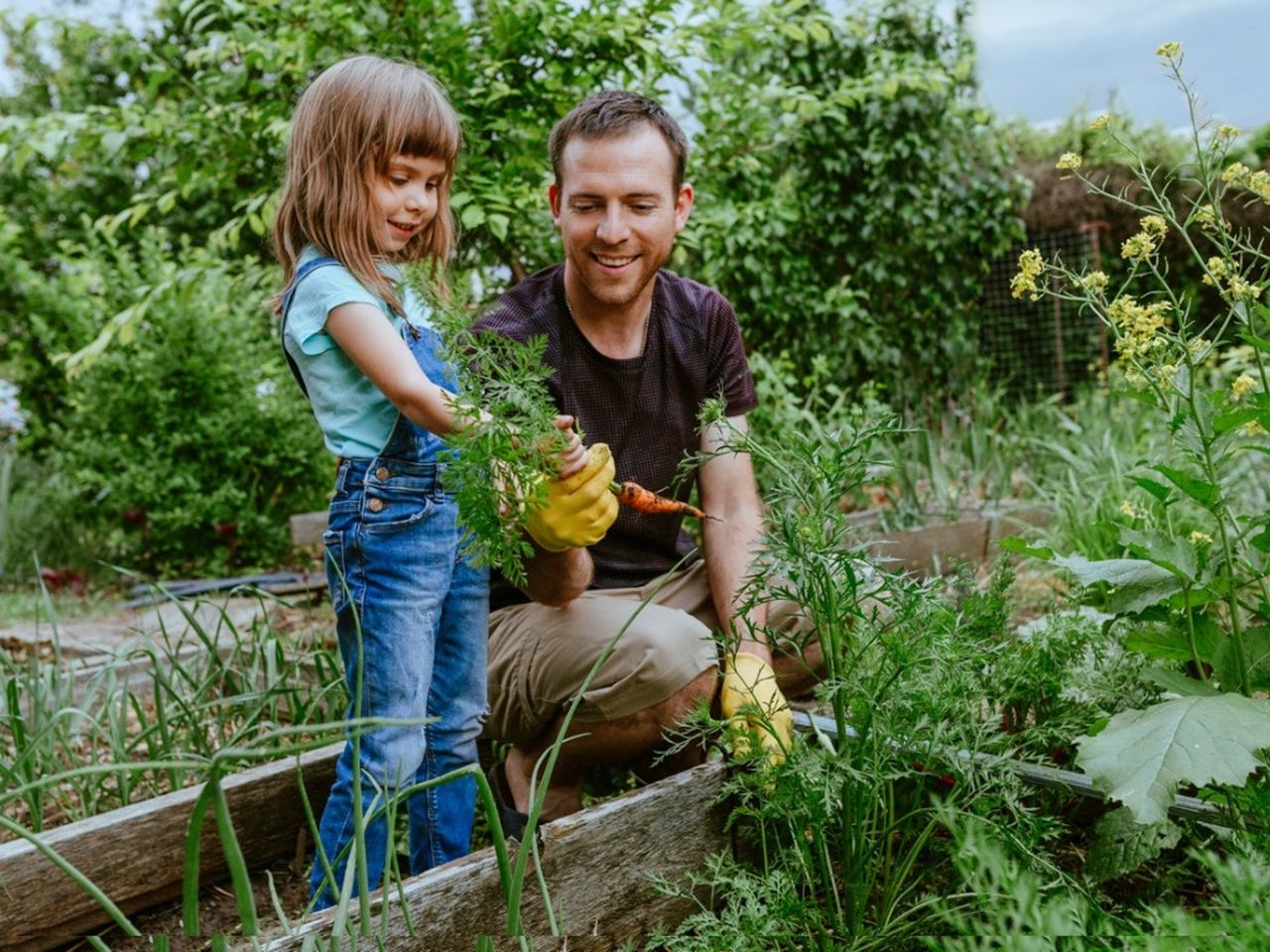The Ultimate Guide to Homestead Gardening
The Ultimate Guide to Homestead Gardening
Blog Article
Reveal the Secrets to Producing a Productive and attractive Gardening Room
Producing a efficient and lovely gardening room is not merely an issue of growing flowers and veggies; it needs a critical approach that encompasses numerous essential components. From choosing the right location based upon sunlight and soil kind to attentively developing your layout and selecting ideal plants, each choice plays an essential role in the success of your yard. Ongoing maintenance is necessary to maintain its elegance and productivity. As you consider these variables, consider exactly how they intertwine to unlock the full possibility of your horticulture undertakings. What specific techniques can elevate your space past the normal?
Choosing the Right Area
Choosing the optimal location for your yard is important to its success and overall visual appeal. The initial step in this procedure includes assessing sunlight exposure, as a lot of plants require at the very least 6 hours of direct sunshine daily (Homestead Gardening). A south-facing yard normally receives one of the most light, while shaded areas can hamper growth and flowering
Additionally, think about soil high quality and water drainage. Well-draining soil is vital to stop waterlogged roots, which can bring about plant illness. Performing a soil examination can provide useful information relating to pH degrees and nutrient material, allowing you to change the soil appropriately.
Furthermore, distance to water resources is another aspect to consider - Homestead Gardening. Having simple accessibility to a tube or irrigation system can simplify the watering process and urge regular plant care. Wind security is likewise vital; positioning your garden near structures, such as wall surfaces or fencings, can shield it from severe winds that may harm fragile plants
Last but not least, consider availability for upkeep and harvesting. A well-placed yard enables hassle-free access, guaranteeing that you can quickly have a tendency to your plants without triggering excessive stress and anxiety or disruption. Thoughtful area option lays the structure for a growing yard.
Picking Plants Intelligently
When picking plants for your yard, it's essential to consider elements such as environment, dirt problems, and personal preferences to guarantee a effective and unified room. A comprehensive understanding of your regional climate will assist you in picking plants that prosper in your specific atmosphere. For example, picking drought-resistant ranges is useful in dry areas, while moisture-loving types may be better for locations with high rains.
Soil problems are similarly vital; conducting a dirt test can reveal pH degrees and nutrition content, permitting you to select plants that will certainly grow. Native plants are often an excellent option, as they are usually well-adapted to local dirt types and need less upkeep.
Show on your individual choices-- selecting plants that resonate with your visual preferences will enhance your pleasure and dedication to maintaining your garden. By very carefully reviewing these factors, you can produce a varied and thriving plant choice that raises your horticulture experience.
Creating Your Yard Format
With an attentively chosen plant choice in hand, the following action is to produce a yard format that optimizes both beauty and functionality. Begin by evaluating the offered area, thinking about aspects such as shade, wind, and sunlight patterns. A tactical design should incorporate various zones, consisting of locations for growing, paths, and potentially seating.
Begin with larger plants or focal points, such as trees or tall perennials, placed strategically to develop aesthetic passion. Layer smaller sized plants in front to enhance deepness and structure. Take into consideration the development routines of your selected plants; taller varieties should be placed at the back or facility of beds, while shorter ones can line the sides.
Including pathways not just promotes gain access to for maintenance but additionally welcomes exploration. Usage materials that complement the yard's general aesthetic, whether crushed rock, wood, or rock chips.
Additionally, think of seasonal changes and exactly how your format will certainly look throughout the year. Including evergreens along with seasonal flowers can make certain year-round charm. Inevitably, a well-designed garden format balances the natural charm of plants with useful factors to consider, resulting in a room that is both welcoming and effective.
Enhancing Dirt Health

To enhance soil health and wellness, begin by carrying out a soil examination to examine pH levels, nutrient content, and soil texture. Incorporate organic issue such as compost, well-rotted manure, or leaf mold and mildew to improve soil framework, water retention, and microbial task.
Mulching is another effective approach; it not just conserves wetness yet also suppresses weeds and gradually improves the dirt as it breaks down. Preventing too much husbandry is crucial, as it can interfere with dirt structure and harm advantageous organisms. Rather, take on no-till or marginal husbandry techniques to maintain soil integrity.

Maintaining Your Yard Efficiently
A well-maintained yard provides pride and efficiency, needing constant attention to make certain that plants prosper and the landscape continues to be welcoming. Effective garden maintenance entails several essential methods that boost the wellness of your plants and the total visual of your room.
Regular watering is crucial; nevertheless, it is necessary to customize your watering schedule based on the particular needs of your plants and neighborhood environment problems. dig this Mulching can help preserve moisture, suppress discover this weeds, and manage dirt temperature. Furthermore, timely weeding prevents competition for nutrients and sources, making sure that your plants thrive.
Pruning is another crucial job. It encourages healthy and balanced growth, removes unhealthy or dead branches, and shapes plants to preserve an enticing structure. In addition, checking for illness and parasites is crucial; early discovery and intervention can conserve your plants from significant damages.
Fertilizing ought to be executed thoughtfully, making use of organic choices whenever possible to advertise long-lasting dirt health. Ultimately, seasonal tasks such as planting, splitting perennials, and preparing for wintertime will certainly ensure your garden stays vibrant year-round. By complying with these techniques diligently, you can cultivate a garden that is both attractive and productive.
Verdict
Selecting an appropriate area with ample sunshine, selecting suitable plants, making a cosmetically pleasing design, improving soil wellness, and making sure routine maintenance are crucial parts. By integrating these practices, one can grow a prospering garden that not just improves the landscape but additionally advertises ecological equilibrium and sustainability.
From choosing the right area based on sunshine and soil kind to thoughtfully making your design and choosing ideal plants, each decision plays a crucial role in the success of your yard. Well-draining soil is crucial to stop waterlogged origins, which can lead to plant diseases.When selecting plants for your garden, it's crucial to take into consideration elements such as environment, dirt conditions, and individual preferences to make sure a unified home and productive area. Ultimately, a properly designed yard design integrates the natural elegance of plants with useful factors to consider, resulting in a space that is both inviting and effective.

Report this page